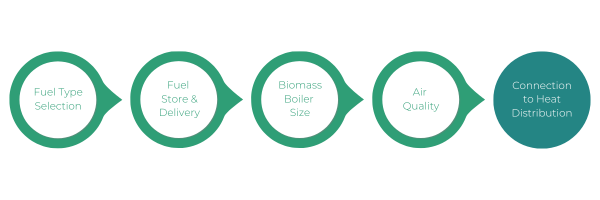Checklist:
-
description of works
-
schematics and drawings of existing and proposed system
-
water flow and return temperatures for existing and proposed system
-
water flow rate for existing and proposed system





